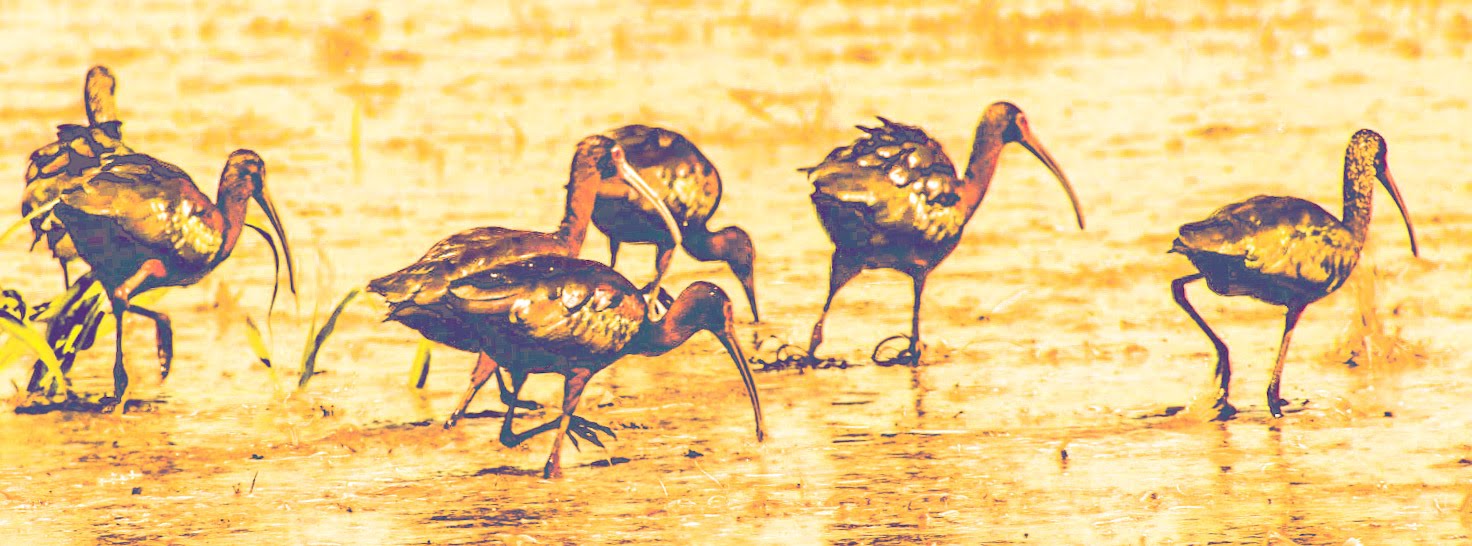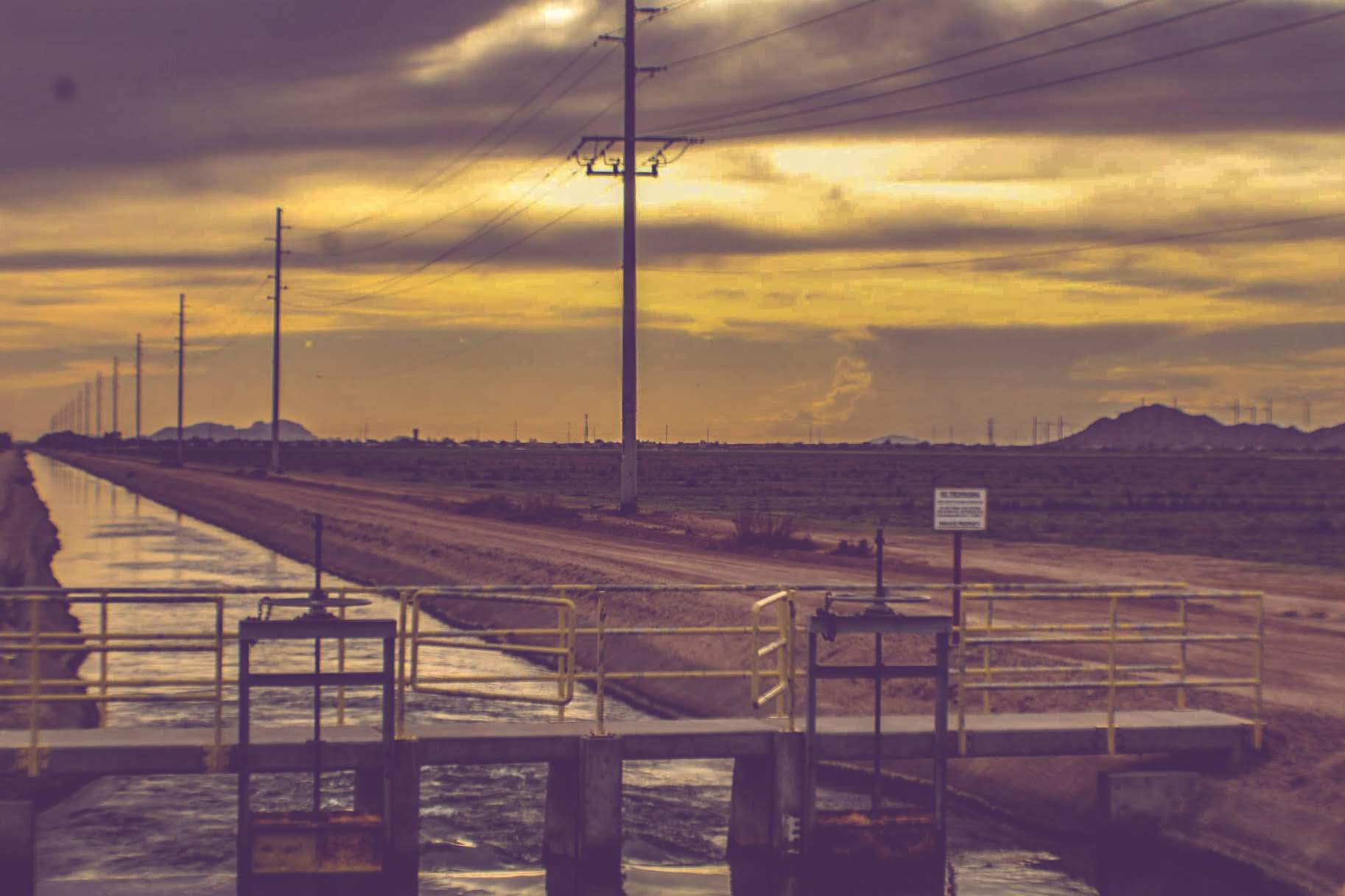Contents
- Travel Location; Country, etc.
- Photos;
- Overall Review of the Trip and Travel Agency;
- Overall Review of Attractions, Accommodations, and, Restaurants;
- Most Enjoyable and/or Memorable Moments;
- If Trip were Taken Again, What Would I Do Differently;

Alright, so it isn’t a real challenge. Yet. But in a nutshell:
In a dozen or so, short days, June will begin to bake Arizona in a daily maximum temperature between 102 and 106 degrees Fahrenheit (about 40 centigrade), according to Current Results. The hottest it has ever gotten in the Phoenix area was June 26, 1990, when it reached a fever-pitch of 122 degrees Fahrenheit. As June turns to July, who knows how hot it will get.
Now here’s the challenge: I’m going to attempt to survive these high temperatures after lived in two, relatively cool, places: New York and Colorado. According to Google, the July average max and the record highest temperatures in these locations are respectively 85/106 and 92/100. As I begin to write this first installment in this first series, I’ve never had to experience such temperature as those Arizona threatens, and I’m already wiping sweat from my face and neck.
Buckeye, Arizona, United States of America
Photo Gallery and More coming in Late August, Early September following this particular Trip. Until then, here are some Quick Facts About Buckeye:
Quick Facts
From Wikipedia:
Buckeye is a city in Maricopa County, Arizona and is the westernmost suburb in the Phoenix metropolitan area. The population was estimated at 68,453 in 2017.[5] It is one of the fastest-growing cities in the US; in 2016, it placed seventh.

The canal for which the city, then town, became legally named in 1910.
Early settler Malie M. Jackson developed 10 miles (16 km) of the Buckeye Canal from 1884 to 1886, which he named after his home state of Ohio’s moniker, “The Buckeye State”. The town was founded in 1888 and originally named “Sidney,” after Jackson’s home town in Ohio. However, because of the significance of the canal, the town became known as Buckeye. The name was legally changed to Buckeye in 1910.
In 2008, Buckeye was featured on The NewsHour with Jim Lehrer as part of a week-long series entitled “Blueprint America.”
A vote to change the town into the City of Buckeye became effective in 2014.
In November 2017, media outlets reported that a company associated with billionaire Bill Gates purchased 24,800 acres (100 km2) between Buckeye and Tonopah for $80 million. Gates’s company plans to create a “smart city” called Belmont on the site.
Geography
Buckeye is located approximately 30 miles (48 km) west of downtown Phoenix.
According to the United States Census Bureau, the city has a total area of 145.8 square miles (377.6 km2), all of it land.
Climate
Buckeye has a hot desert climate, with abundant sunshine due to the stable descending air of the eastern side of the subtropical anticyclone aloft and at sea level over the southwestern United States. Summers, as with most of the Sonoran Desert, are extremely hot, with 121.0 afternoons reaching 100 °F or 37.8 °C and 181.6 afternoons getting to 90 °F or 32.2 °C. The record high temperature of 125 °F (51.7 °C) occurred on July 28, 1995, and temperatures above 86 °F or 30 °C may occur in any month.
Notable people
- Upton Sinclair (1878–1968), author of The Jungle (1906), The Fasting Cure (1911), and others – Late in life Sinclair, with his third wife Mary Willis, moved to Buckeye, Arizona.

